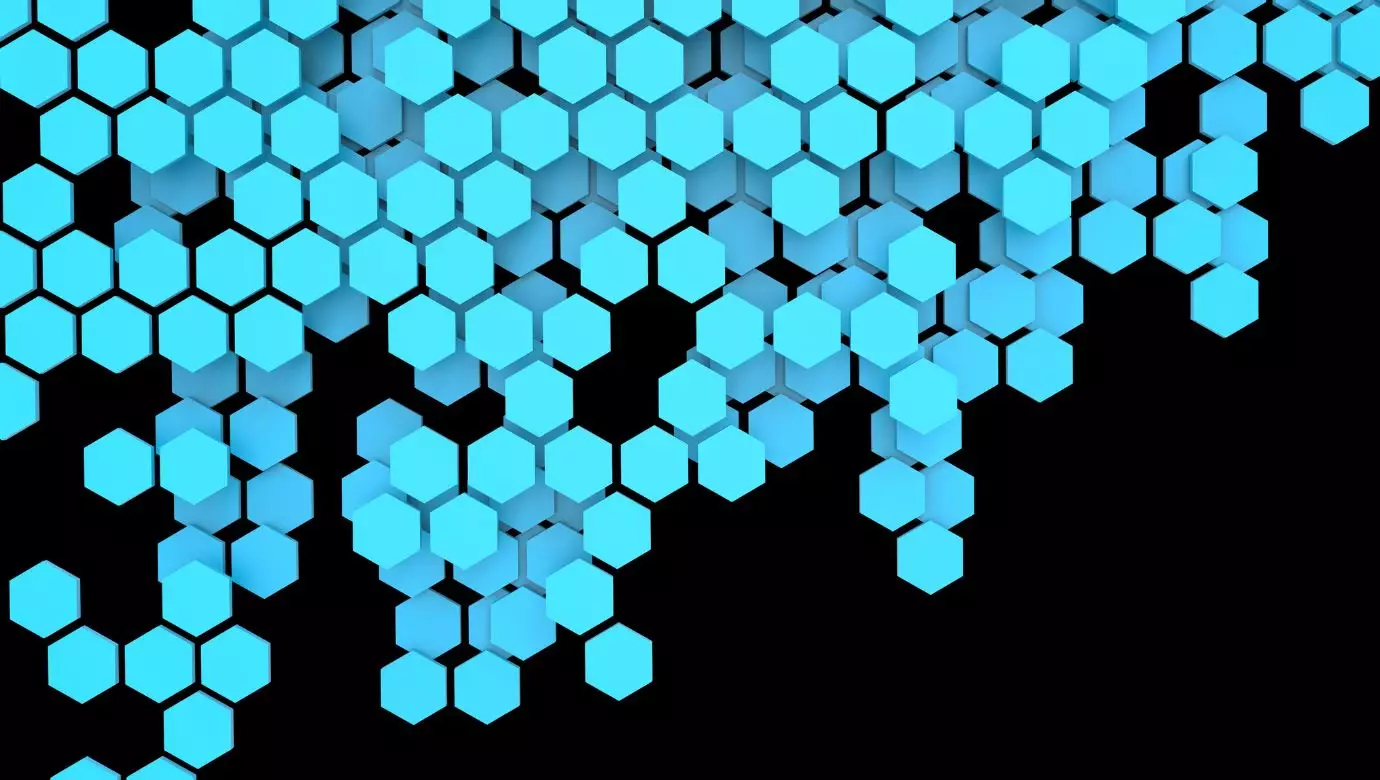Solana co-founder Anatoly Yakovenko is confident that their blockchain can meet the increasing demand for decentralized applications (dapps) without the need for layer-2 solutions, unlike Ethereum. In a recent post, Yakovenko emphasized Solana’s design, which utilizes a hybrid consensus mechanism, enabling it to scale efficiently without relying on additional layers. According to Yakovenko, the goal is to synchronize a global atomic state machine as fast as the laws of physics allow. This approach diverges from other blockchains that heavily rely on layer-2 off-chain options.
While Solana is open to developers creating layer-2 solutions, Yakovenko downplays their significance, asserting that the network can handle the demand without relying on such workarounds. The aim of Solana is to achieve an end state where any layer-2, side chain, or zero-knowledge proof validates the same atomic composition with the rest of the layer-1 state.
In contrast to Solana’s approach, Ethereum has increasingly turned to layer-2 solutions to alleviate congestion and high transaction fees. Layer-2 options such as Optimism and Arbitrum have gained popularity for offloading transactions from the mainnet while maintaining compatibility with existing smart contracts. These layer-2 solutions have a combined total value locked (TVL) of over $20 billion, with Arbitrum managing $10 billion of assets.
Solana’s emphasis on providing a high-performance, low-cost environment for dapps is evident. However, there have been instances when the network experienced freezing, raising doubts about its reliability. To address this, Solana plans to upgrade its client by introducing the Firedancer, which aims to enhance node reliability and performance. This upgrade demonstrates Solana’s commitment to resolving any reliability issues and ensuring a smooth user experience for developers and users alike.
In a recent Ethereum developer call, it was decided that the gas limit would not be further increased from the current 30 million gwei level. This decision implies a delay in Ethereum’s on-chain scaling aspirations for off-chain methods, specifically off-chain and sidechain rails. As a result, Ethereum’s reliance on layer-2 solutions may continue to grow as it seeks to address scalability challenges.
Solana’s unique approach to scaling without layer-2 solutions positions it as a potential competitor to Ethereum. While Ethereum’s reliance on layer-2 solutions demonstrates its commitment to addressing scalability issues, Solana is confident in its ability to handle increased demand without additional layers. As both blockchains continue to evolve, it remains to be seen which approach will prove more successful in the long run.
Solana’s co-founder Anatoly Yakovenko’s confidence in the blockchain’s ability to scale efficiently without layer-2 solutions raises questions about the future of blockchain scalability. While Ethereum relies on layer-2 solutions to alleviate congestion and high transaction fees, Solana aims to synchronize a global atomic state machine as fast as the laws of physics allow. With its focus on performance and reliability, Solana is working towards providing a high-performance, low-cost environment for decentralized applications. However, Solana will need to address any reliability issues that arise to ensure its competitiveness in the rapidly evolving blockchain landscape.

